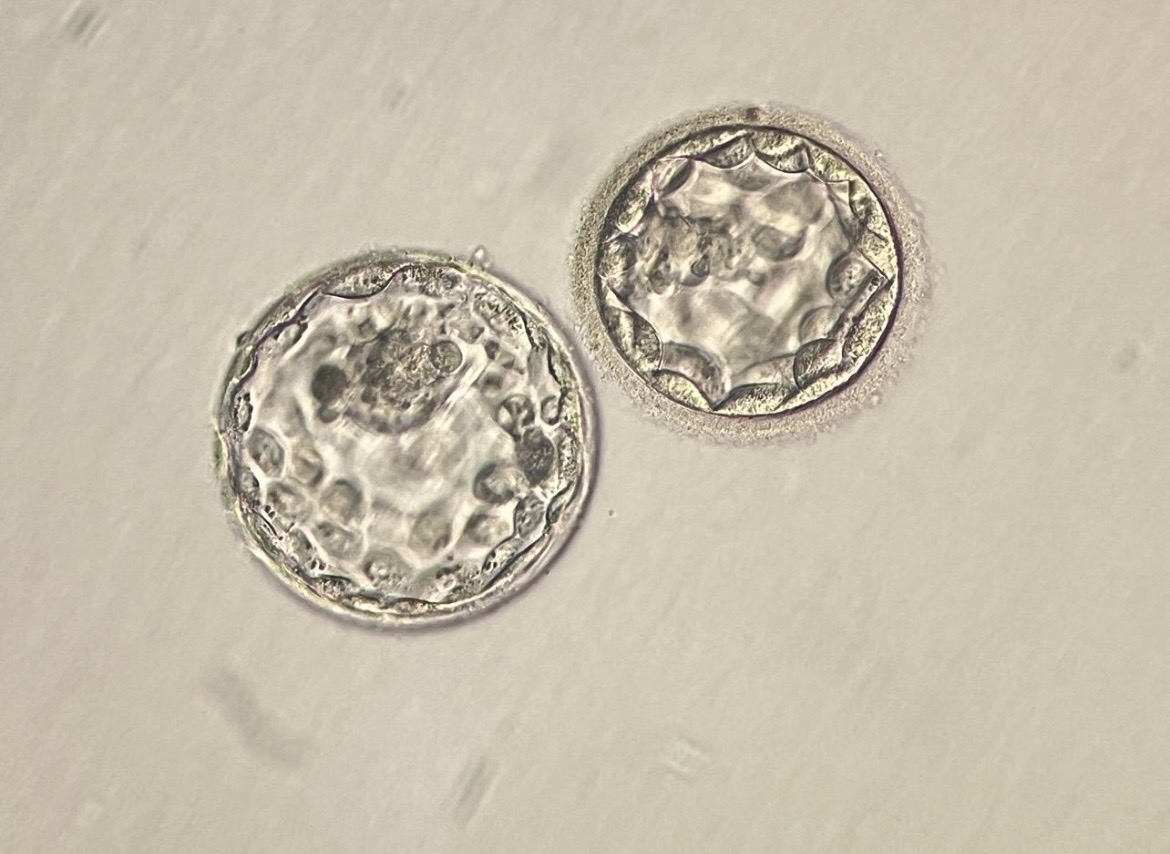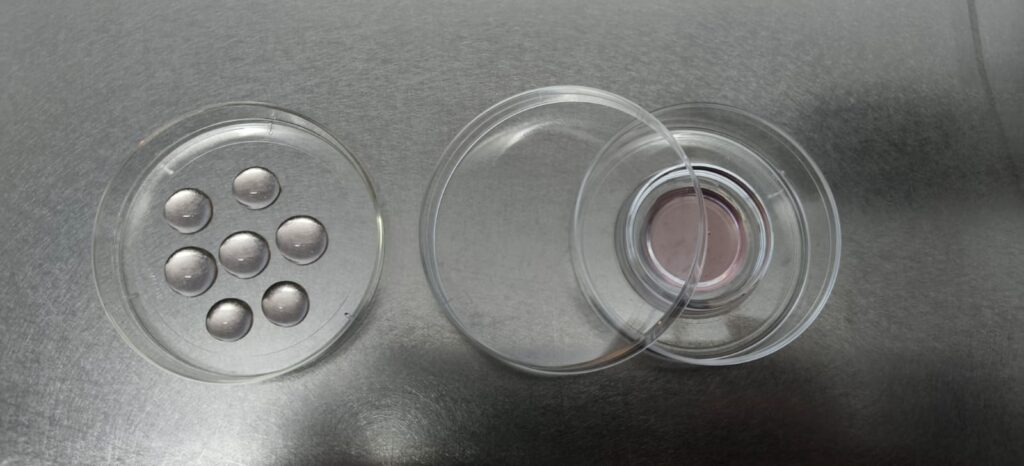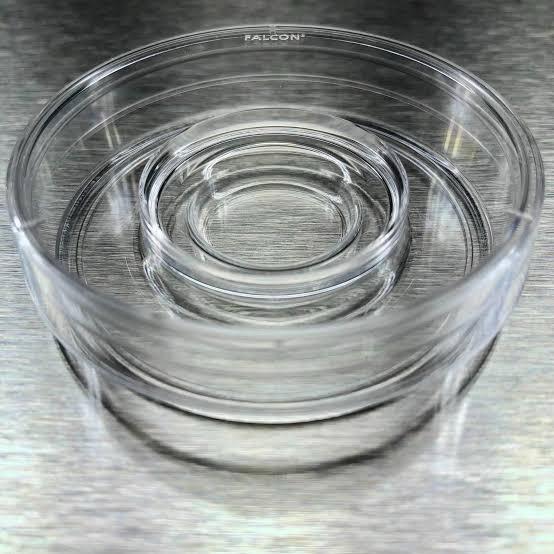What is IVF?
In-vitro fertilization (IVF)
It is a simple process in which an egg from a female is fertilized with sperm from a male in a medically controlled laboratory environment under artificial conditions.In natural pregnancy, the sperm meets the egg in the fallopian tube, where fertilization happens, and the embryo starts to grow. However, some health issues can make this process difficult. By bringing the sperm and egg together in a lab, we can help overcome these challenges and improve the chances of pregnancy.

Am I the right candidate for IVF?
IVF is recommended for couples who face difficulties conceiving naturally. If you have been trying for over 12 months (or 6 months if over 35) without success, you should see a reproductive
Common Reasons to Consider IVF:
- Blocked or Damaged Fallopian Tubes—Prevents natural fertilization.
- Endometriosis—Affects egg quality and implantation.
- Low Egg Reserve (Diminished Ovarian Reserve)—Reduced fertility due to age or medical conditions.
- Male Factor Infertility—Low sperm count, poor motility, or abnormal shape.
- Unexplained Infertility—No known cause after medical tests.
- Recurrent Miscarriages—IVF with genetic testing can help.
- Fertility Preservation – Egg/Sperm/Embryo freezing before medical treatments like chemotherapy, radiation therapy, etc.
- Same-Sex Couples & Single Parents—Requires donor sperm, eggs, or a surrogate.
- Previous IUI or Other Fertility Treatment Failures—If multiple cycles have not worked.
Each patient’s journey is unique, and timing may vary based on individual response to treatment.
Your Parenthood Journey Starts Here – Cutting-Edge IVF with Higher Success Rates at CRAAFt IVF!
The Risks with IVF
IVF is a safe and effective fertility treatment, but like any medical procedure, it has some risks which you should definitely know about.
Our expert team carefully monitors each step to minimize these complications and ensure the best possible outcome.
- Mild Side Effects—Some women experience bloating or mild discomfort from hormone medications, which usually subside quickly.
- Multiple Pregnancy—Carrying twins or triplets can pose health risks, but we follow safe embryo transfer guidelines to reduce this chance.
- Ovarian Hyperstimulation Syndrome (OHSS)—A rare reaction to fertility medications, carefully managed with personalized treatment plans.
- Torsion of the ovary in some rare cases: a bulky ovary gets twisted, requiring emergency care and management.
- Emotional Stress—IVF can be emotionally challenging, and we offer full support, including counseling and expert guidance.
At our clinic, your safety and well-being are our top priority. Our specialists take every precaution to make your IVF journey as smooth and stress-free as possible.

1. Through Études, we aspire to redefine architectural boundaries and usher in a new era of design excellence that leaves an indelible mark on the built environment.
Why Choose us?
Infertility affects 1 in 4 couples in India, but at CRAAFt, we are committed to changing this reality. With our top-class specialist, advanced reproductive treatments, and compassionate care, we strive to bring hope to aspiring parents.
2. Case studies that celebrate the artistry can fuel curiosity and ignite inspiration.

FAQs
Does IVF have 100% success rate?
IVF (In Vitro Fertilization) does not have a 100% success rate. The success of IVF depends on several factors, including age, the cause of infertility, embryo quality, and overall health. Since multiple cycles are often needed, the cumulative success rate increases with additional attempts. However, no medical treatment, including IVF, guarantees 100% success.
Whose sperm is used in IVF?
In IVF (In Vitro Fertilization), sperm can come from different sources depending on the situation:
Frozen Sperm – In some cases, sperm that was previously frozen (e.g., before cancer treatment or a vasectomy) can be done.
Partner’s Sperm – If the intended father has healthy sperm, a semen sample is collected and used to fertilize the eggs.
Donor Sperm – If the male partner has fertility issues (such as low sperm count or no count or genetic conditions) or if a single woman or same-sex female couple is undergoing IVF, sperm from a donor may be used.
What are the 5 stages of IVF?
The five stages of In Vitro Fertilization (IVF) are:
Embryo Transfer & Pregnancy Test
• One or two selected embryos are transferred into the uterus via a thin catheter.
• A pregnancy test (blood hCG test) is done about 10-14 days later to check for implantation
Ovarian Stimulation & Monitoring:
• Fertility injections (gonadotropins) stimulate the ovaries to produce multiple egg. Follicle growth are monitored via blood tests and ultrasounds.
Egg Retrieval (Oocyte Retrieval)
• Once follicles mature, an hCG or trigger shot is given to induce ovulation.
• About 36 hours later, eggs are retrieved using a thin needle guided by ultrasound under light sedation.
Sperm Collection & Fertilization
• A sperm sample is collected from the partner or a donor.
• Eggs are fertilized in the lab using conventional insemination or ICSI (Intracytoplasmic Sperm Injection).
Embryo Culture & Development
Embryo Transfer & Pregnancy Test
• One or two selected embryos are transferred into the uterus via a thin catheter.
• A pregnancy test (blood hCG test) is done about 10-14 days later to check for implantation.
Is embryo transfer painful?
Embryo transfer during IVF is generally not painful for most women. It is a quick and simple procedure, similar to a Pap smear or exactly like IUI if you have undergone prior.